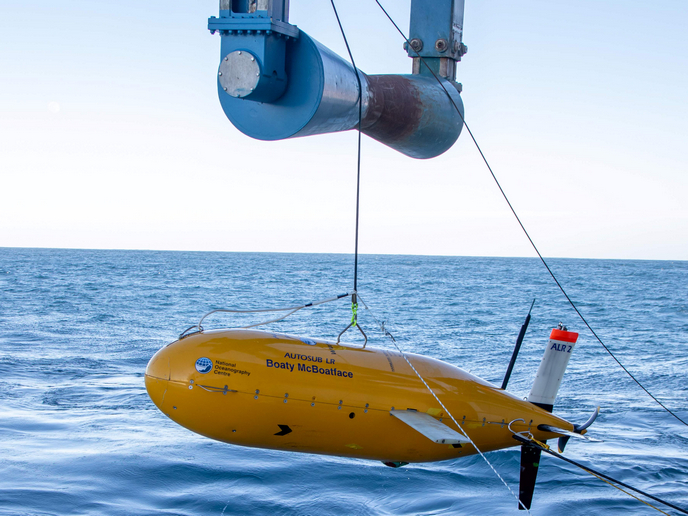How to establish farmed breeding of European eels
The PRO-EEL(opens in new window) (Reproduction of European eel: Towards a self-sustained aquaculture) project studied the complex hormonal control and reproductive physiology of eels in order to improve the selection and conditioning of broodstock. Methods for inducing maturity in female and male eels were also investigated. In addition, researchers developed and tested new procedures for producing high-quality eggs and sperm, and standardised fertilisation procedures to ensure production of healthy embryos. Techniques for keeping large numbers of yolk sac larvae alive until initiation of exogenous feeding were developed, and various environmentally friendly start feeding diets for larvae were also explored. Sequencing the genome of A. anguilla facilitated the development and study of biomarkers describing liver and ovarian functions. A number of receptor molecules and metabolic hormones were identified and characterised, providing a new understanding of eel hormonal control mechanisms for developing better treatments. Feeding trials were undertaken taking into account the nutritional requirements of broodstock, and full-scale reproduction experiments were carried out with the aim of improving gamete quality. Highly nutritious diets were developed for broodstock that focused on long-chain polyunsaturated fatty acids and antioxidants, aiming at improved egg quality and embryo development. This highlighted the importance of essential fatty acids in the diet of A. anguilla. Different hormonal treatments to induce gamete production and egg cell maturation and different temperature regimes were tested and the eel’s physiological responses were studied. The resulting improved protocols together with enhanced fertilisation procedures led to an increase in the production of healthy offspring and facilitated their healthy development. Broodstock nutritional requirements and energy allocation were studied in feeding trials and reproduction experiments in order to enhance gamete quality from farmed broodstock. A benchmark analysis that compared farmed and wild-caught female eels from various locations in Europe and North Africa showed a distinct difference in composition of minerals, fatty acids and persistent organic pollutants. Diets with higher arachidonic acid levels and balanced eicosapentaenoic and docosahexaenoic acid ratios yielded promising results in terms of increased egg quality and viable offspring production. Similarly, dietary fatty acid composition was found to affect sperm volume and different sperm quality characteristics. PRO-EEL succeeded in enhancing breeding technology and in establishing larval culture to the first feeding stage, which bodes well for a future self-sustained aquaculture of European eel. These results demonstrated the European eel as a potential new species in aquaculture breeding and hatchery technology.







